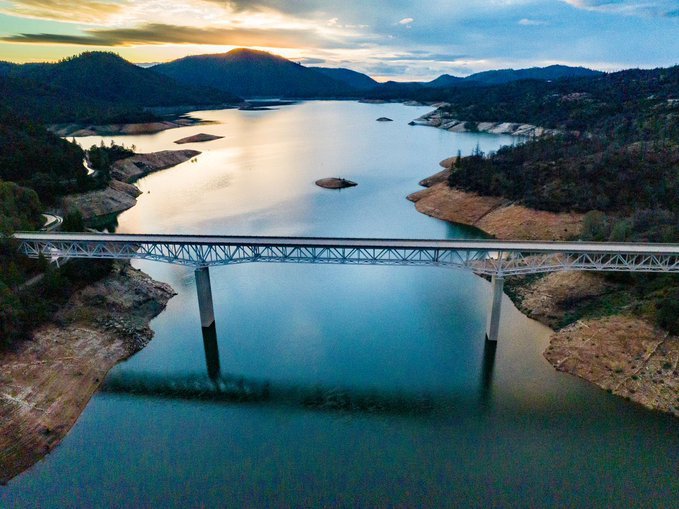Is a common industrial chemical fueling the spread of Parkinson’s?
By TONY BRISCOE
Los Angeles Times
A cancer-causing chemical that is widely used to degrease aviation components and heavy machinery could also be linked to Parkinson’s disease, according to a new research paper that recommends increased scrutiny of areas long contaminated by the compound.
Trichloroethylene, or TCE, is a colorless liquid that has been used to remove gunk from jet engines, strip paint and remove stains from shirts dropped off at the dry cleaners. Decades of widespread use in the U.S. have left thousands of sites contaminated by the TCE.
In a paper published Tuesday in the Journal of Parkinson’s Disease, authors hypothesize that this pollution may be contributing to the global spread of Parkinson’s, a neurological disorder characterized by uncontrollable tremors and slow movement. Although authors were unable to prove a direct connection, they cited a number of other studies that suggest TCE may play a role in the degenerative brain disorder, and urged further research on the matter.
“When Dr. Parkinson described the condition in 1817 in London, he reported six individuals with the disease,” said Dr. Ray Dorsey, a neurology professor at the University of Rochester and lead author. “Two hundred years later, the global burden of disease is estimated that over 6 million people have the disease worldwide. So how do you go from six to 6 million? The rates are growing far faster than aging could explain alone. It has to be environmental factors. I think TCE and air pollution are important contributors.”
Read full story here















